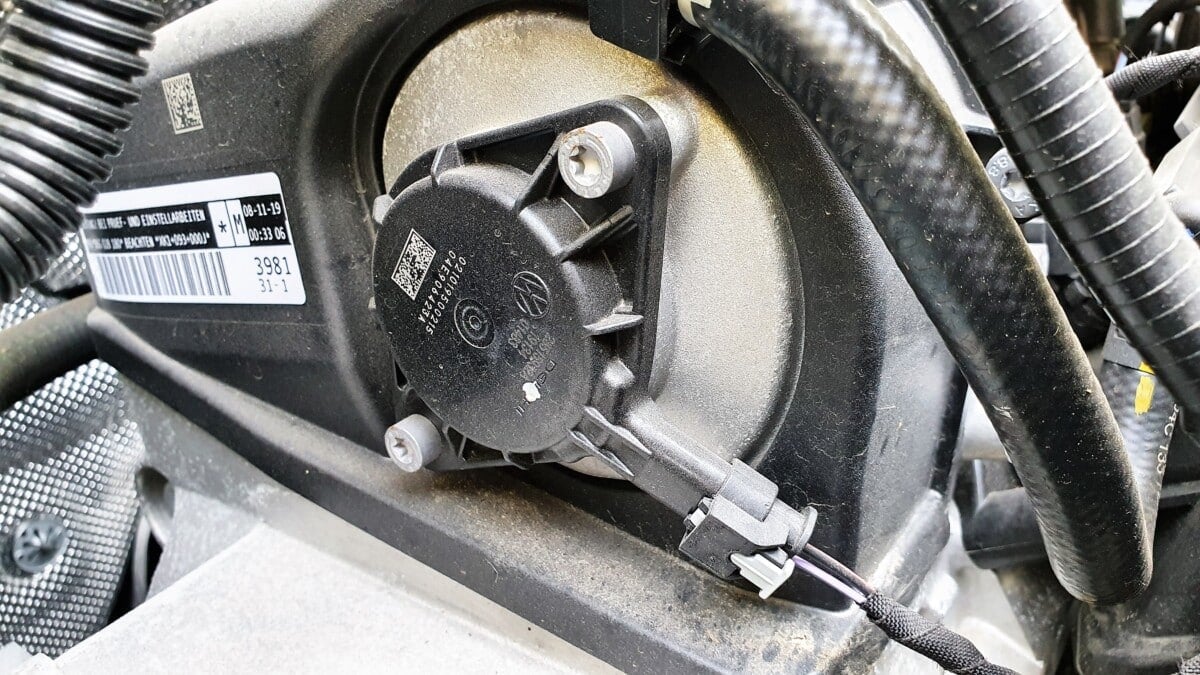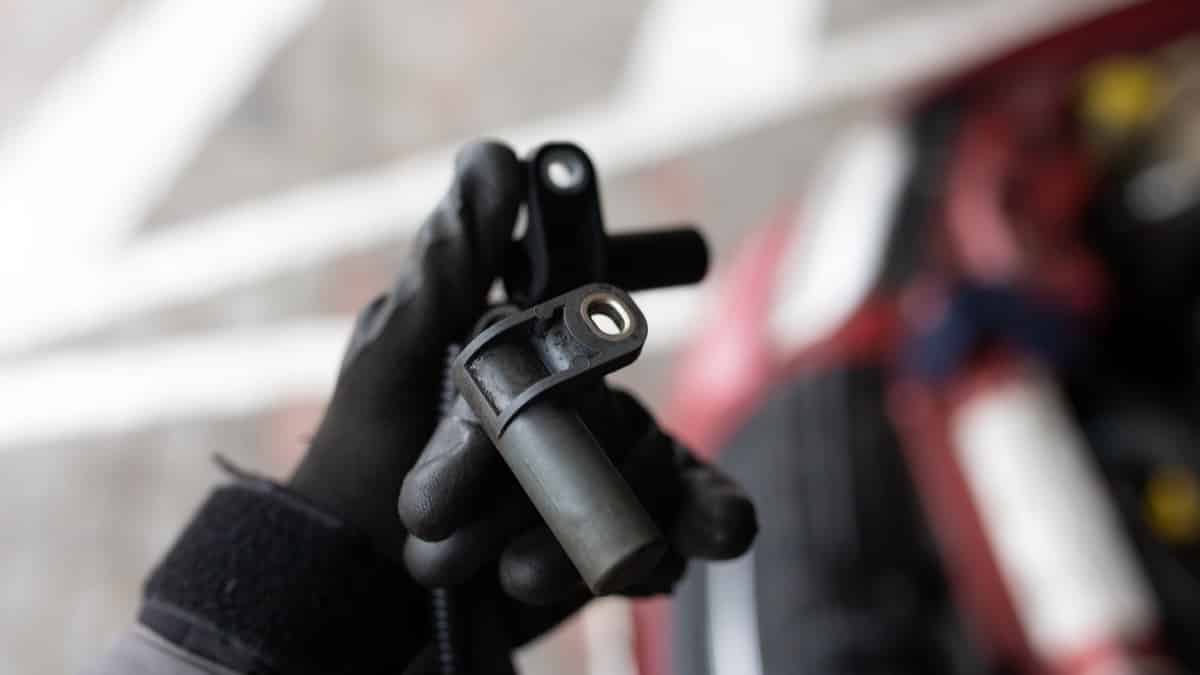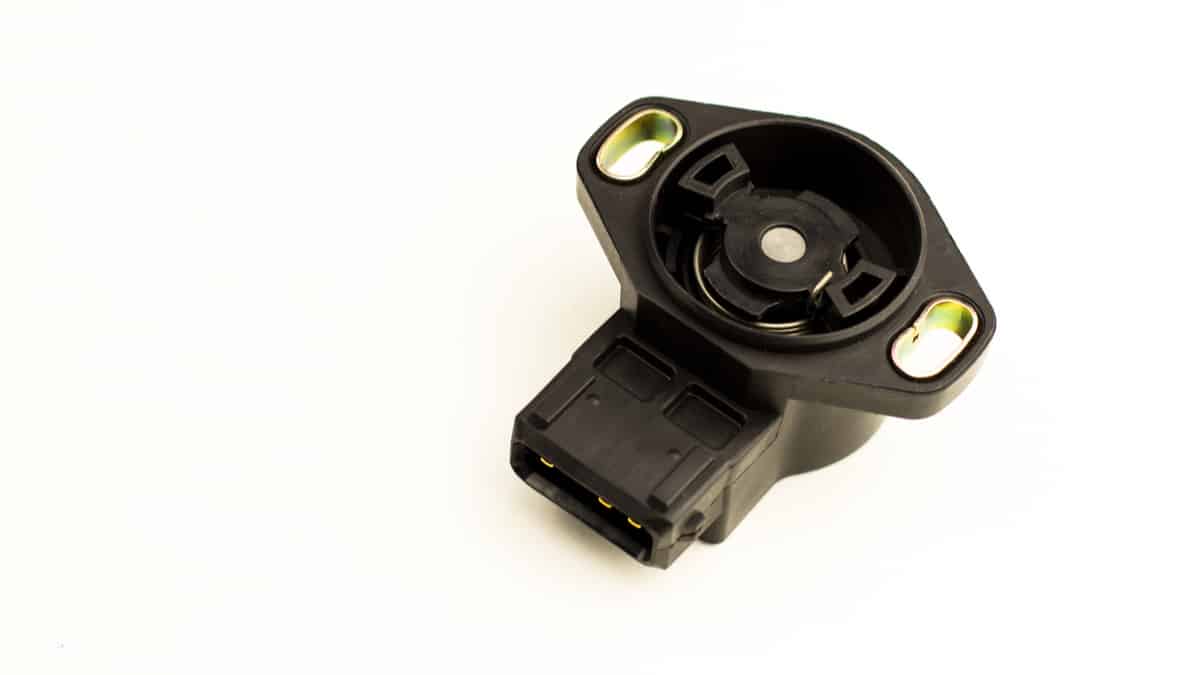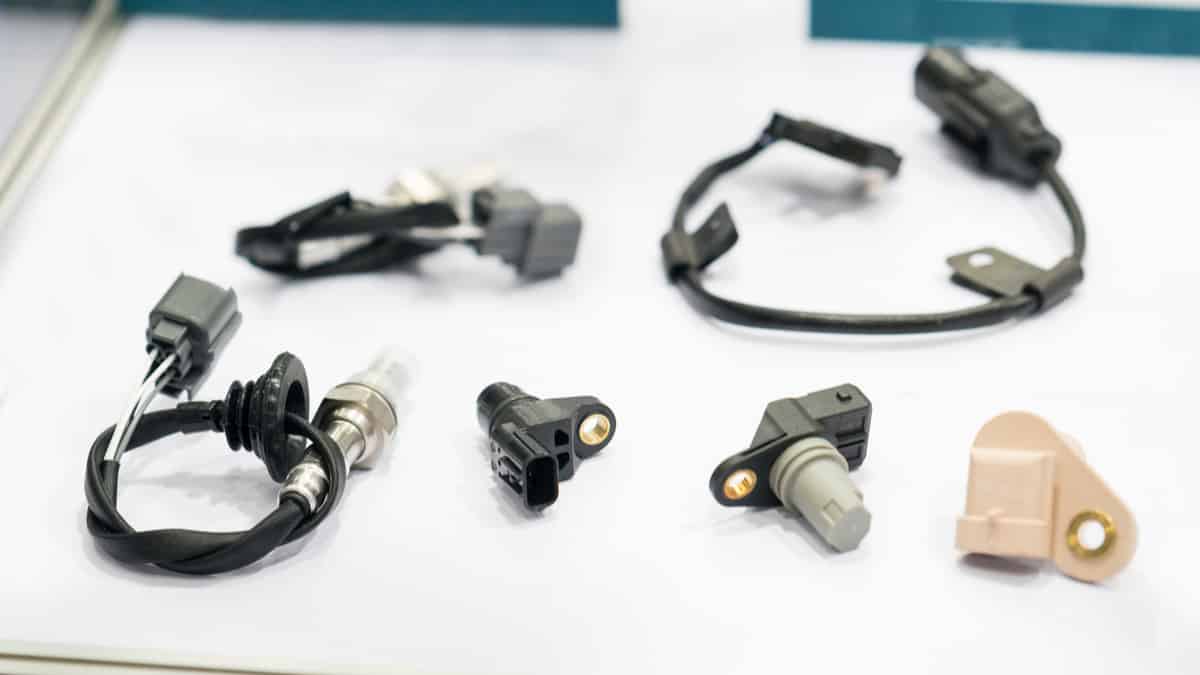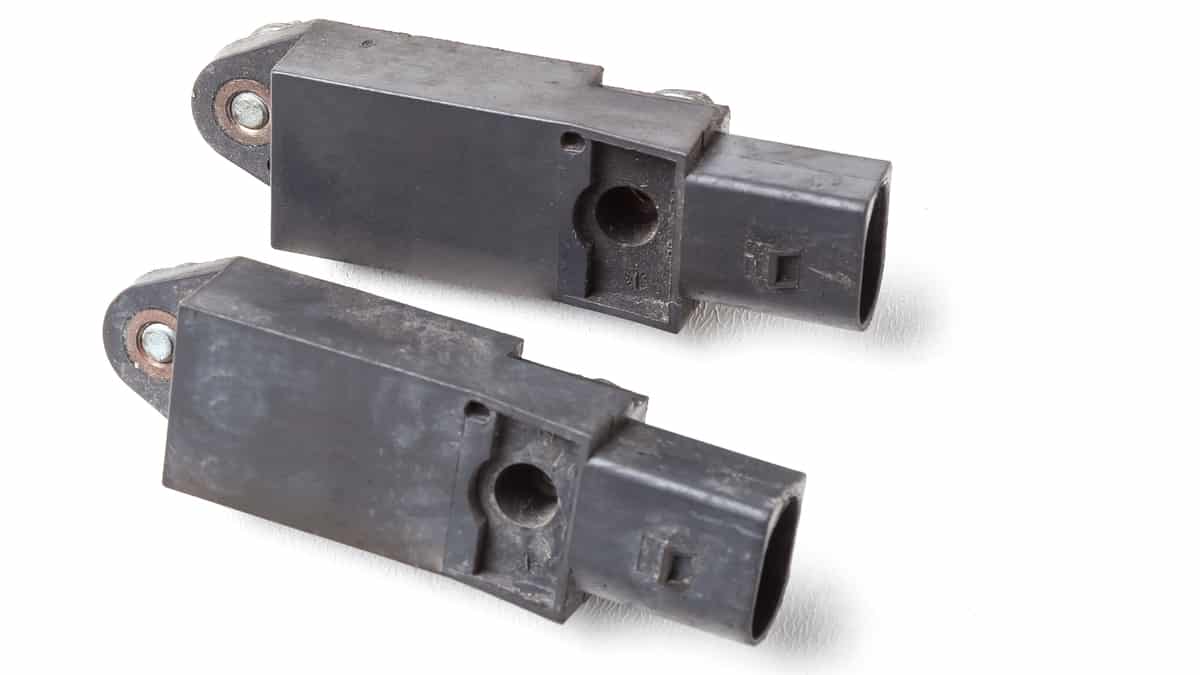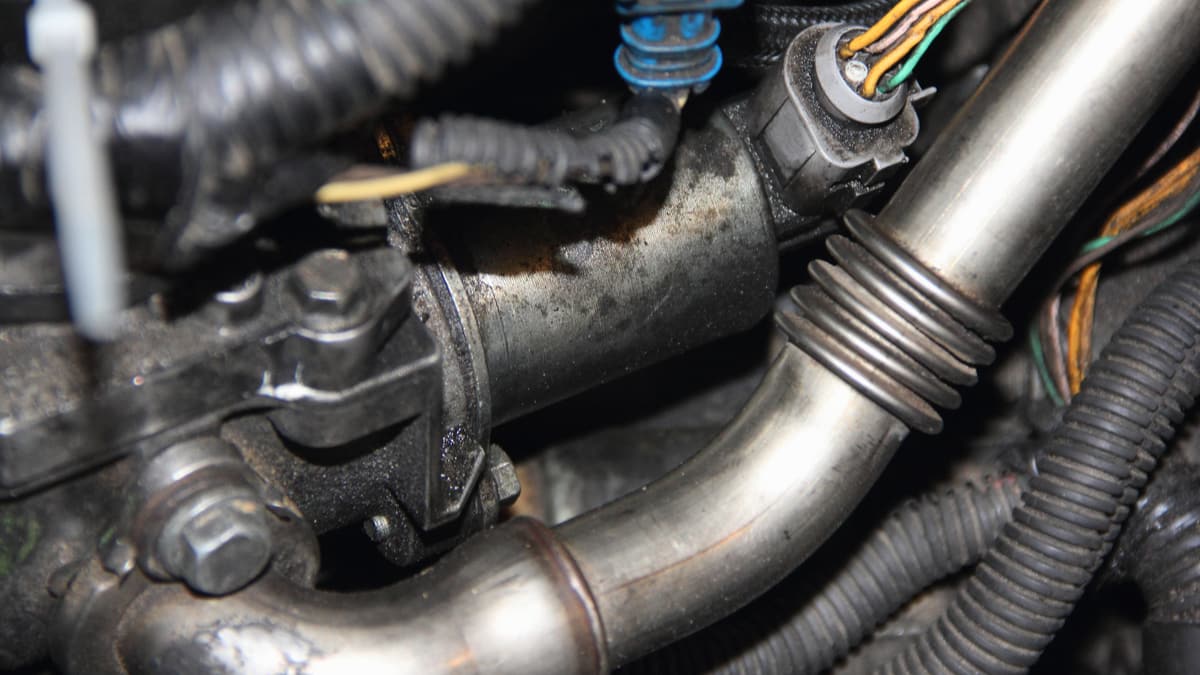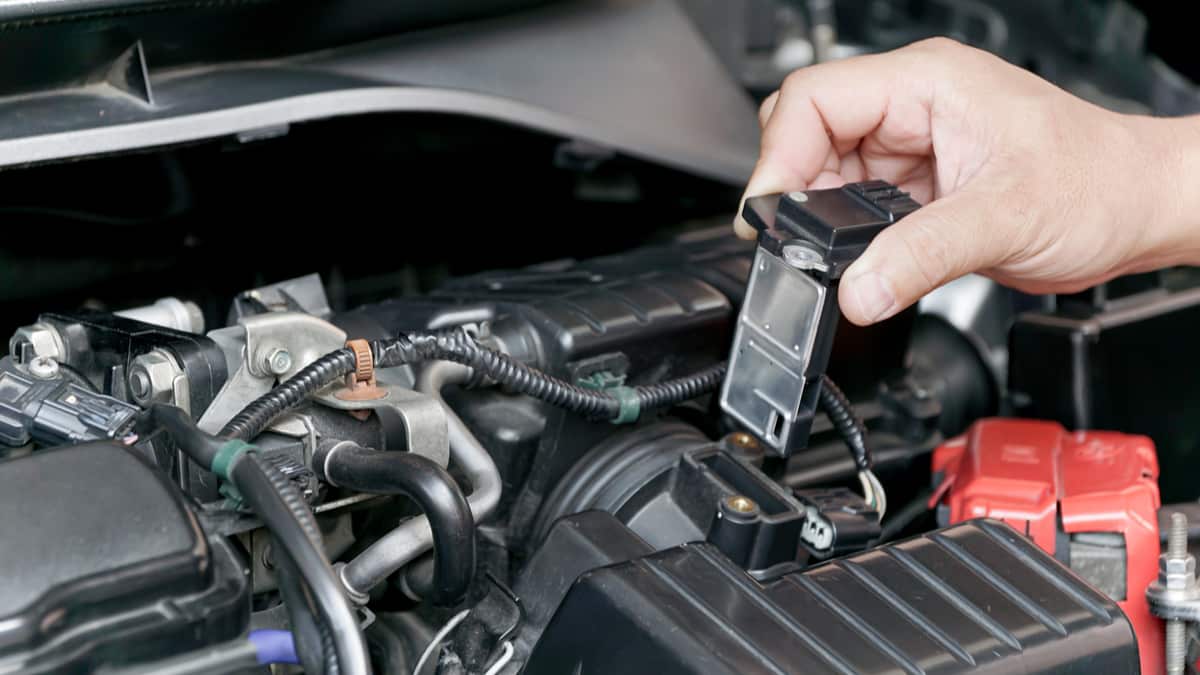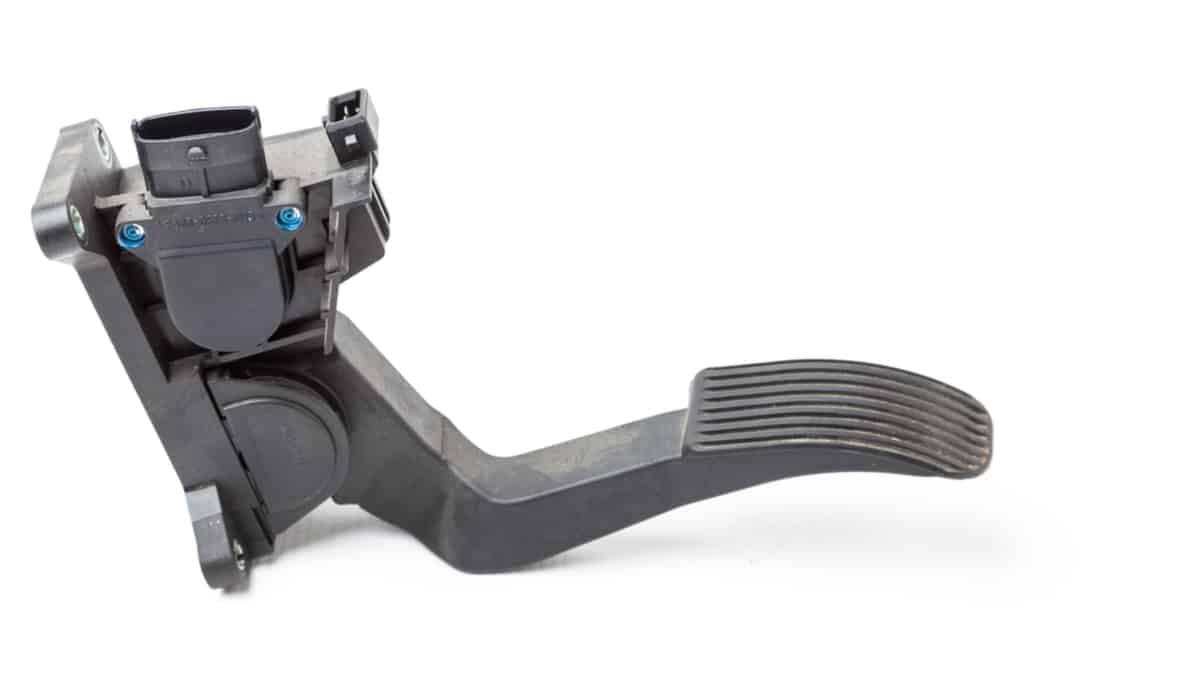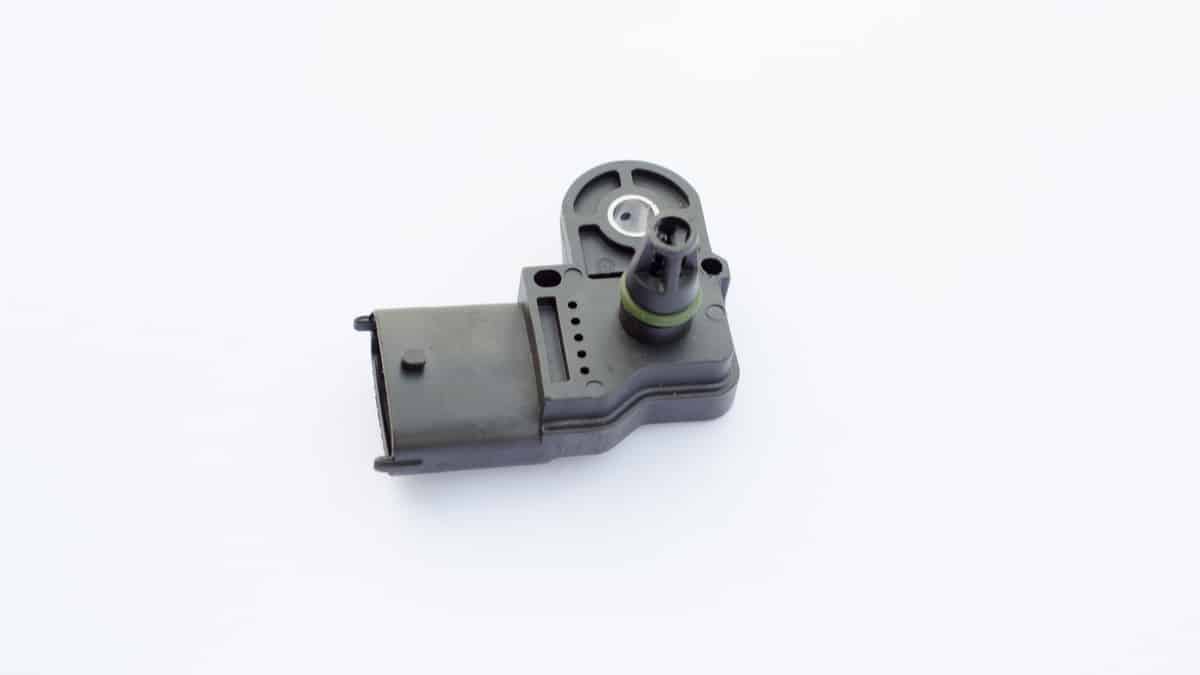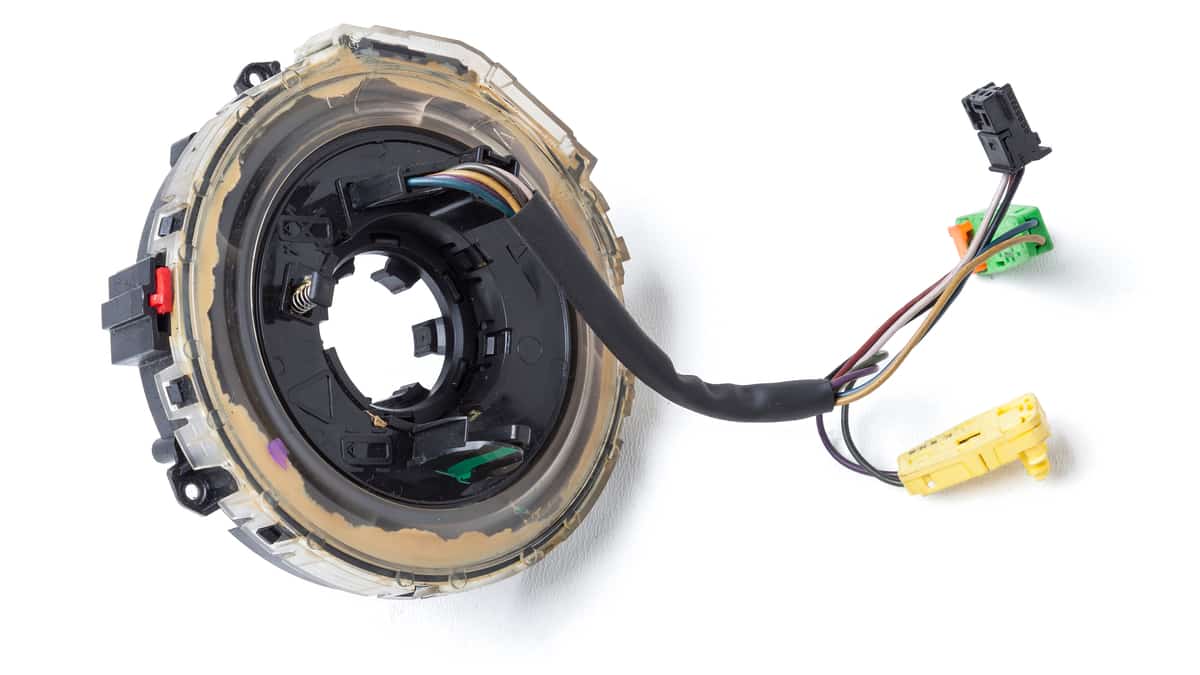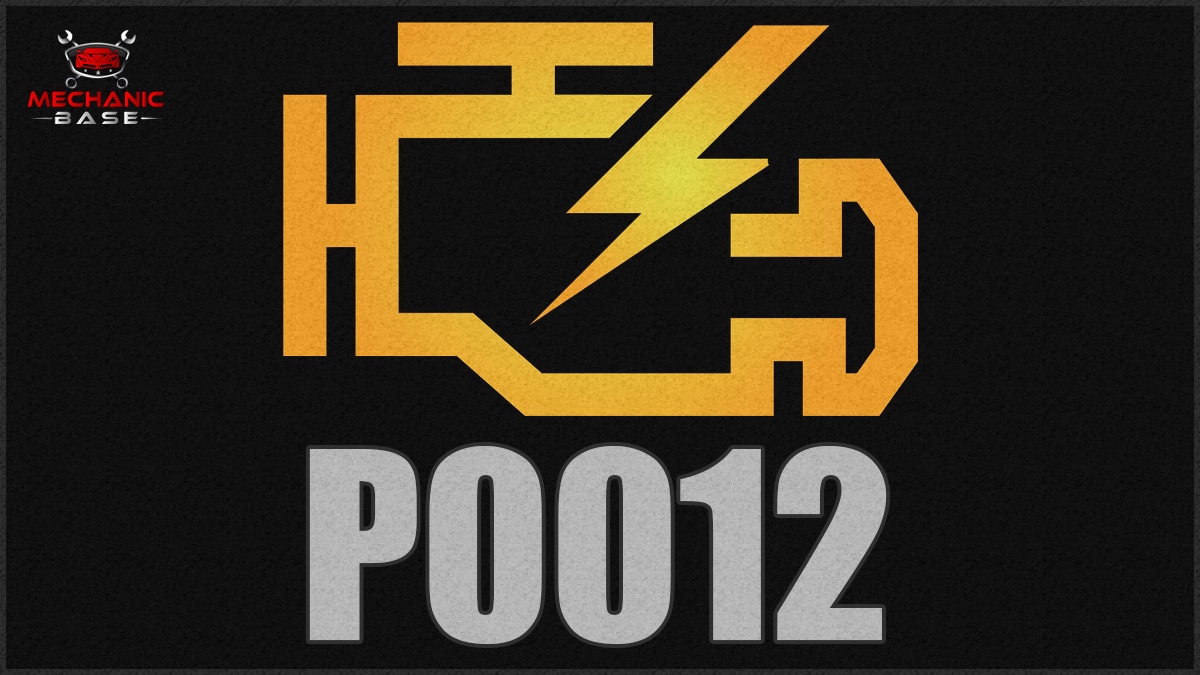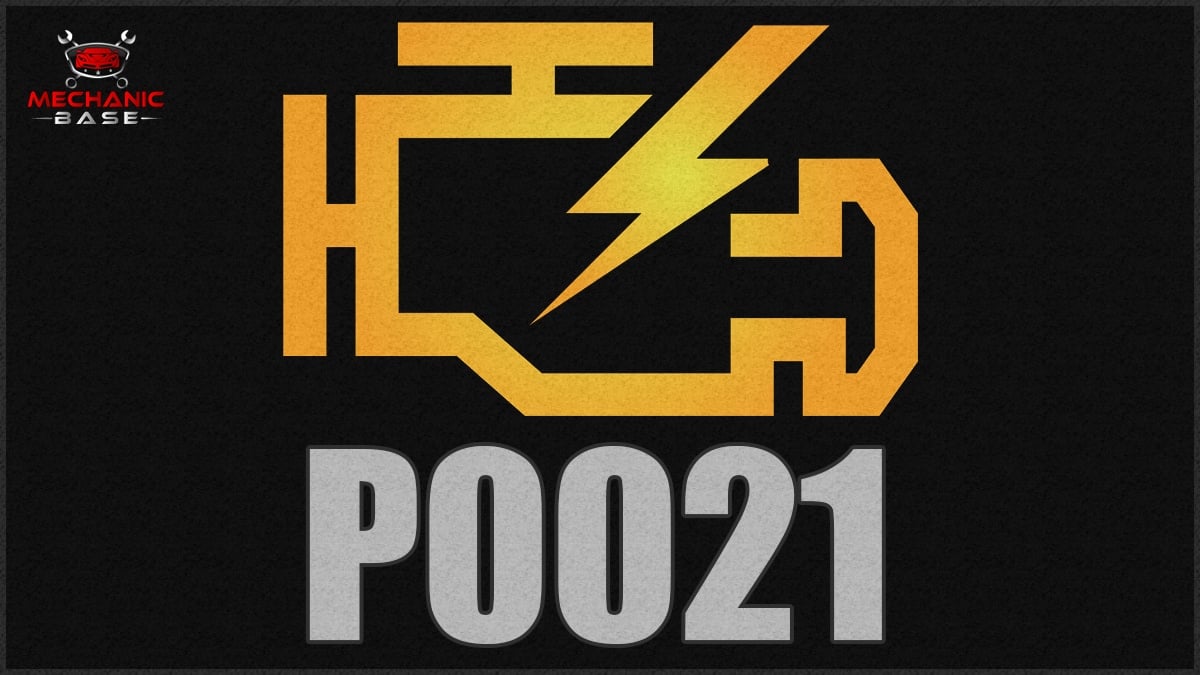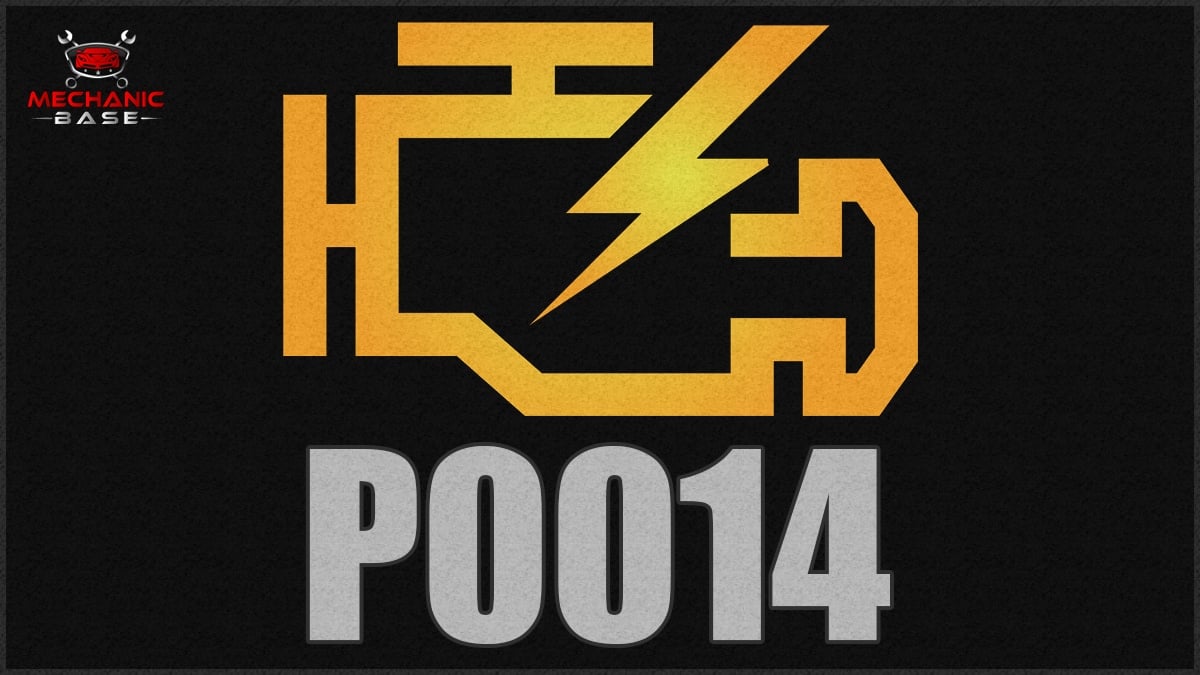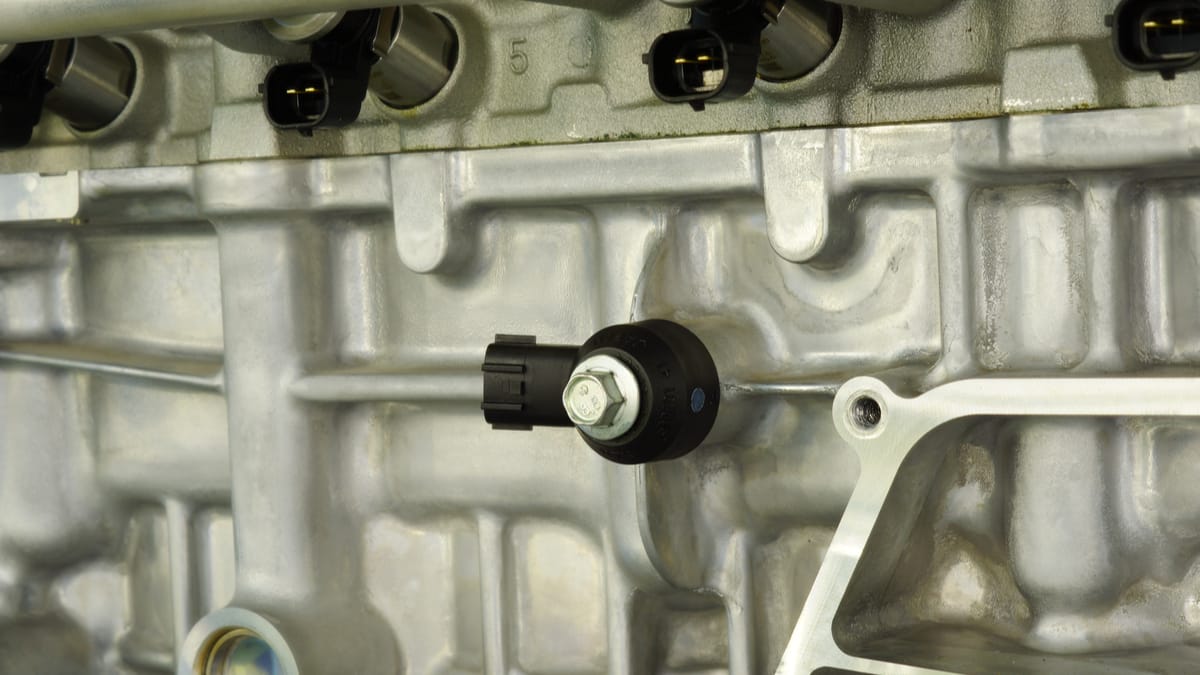In today’s modern engines, there are numerous sensors working together to ensure optimal combustion. One such sensor is the camshaft position sensor (CMP). To ensure that the vehicle runs as intended, you want to know the symptoms of a bad camshaft position sensor.
In this guide, we look at what happens when the camshaft position sensor goes bad. We also discuss the function of the CMP, its location and the average replacement cost. Before you leave, you’ll know how to diagnose a bad CMP and get answers to your top questions.
Symptoms Of A Bad Camshaft Position Sensor
When the camshaft position sensor goes bad, the engine may not start or you will get the Check Engine Light. It can also cause poor engine performance, limp mode or a misfiring condition. Additionally, if the vehicle runs, you could encounter shifting issues or more fuel consumption.
Let’s dive deeper into these seven possible symptoms.
1. The Engine Won’t Start
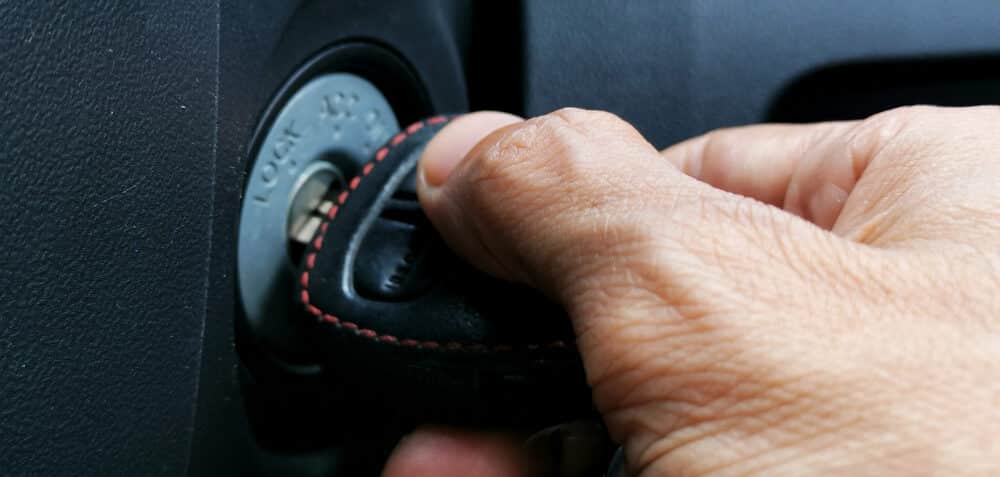
If the camshaft position sensor doesn’t send out a timing signal to the ECU, there may be an issue starting the vehicle. The trouble with this condition is that it can be sporadic.
Therefore, you may be able to start your car one day but not the next. Either way, if you can’t get the vehicle started, you may need to have it towed home.
2. Check Engine Light
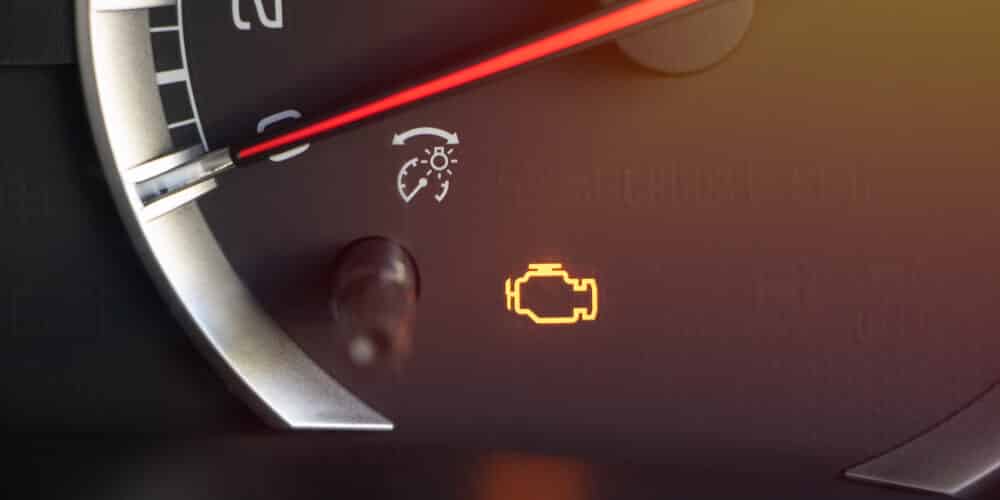
When the Check Engine Light is on, it tells you that there’s a problem with the vehicle. Even though the indicator says it has to do with the engine, that’s not always the case. Trouble codes are set for multiple reasons, including if there’s a malfunction with the camshaft position sensor.
There are many codes that may come up with a bad camshaft position sensor, including the following:
- P0340 – Camshaft Position Sensor “A” Circuit
- P0341 – Camshaft Position Sensor “A” Circuit Range/Performance
- P0342 – Camshaft Position Sensor “A” Circuit Low
- P0343 – Camshaft Position Sensor “A” Circuit High
- P0344 – Camshaft Position Sensor “A” Circuit Intermittent
- P0345 – Camshaft Position Sensor “A” Circuit
- P0346 – Camshaft Position Sensor “A” Circuit Range/Performance
- P0347 – Camshaft Position Sensor “A” Circuit Low
- P0348 – Camshaft Position Sensor “A” Circuit High
- P0349 – Camshaft Position Sensor “A” Circuit Intermittent
However, the presence of one of these codes doesn’t automatically indicate an issue with the CMP. There could be an electrical problem or issue with the ECM.
3. Poor Engine Performance
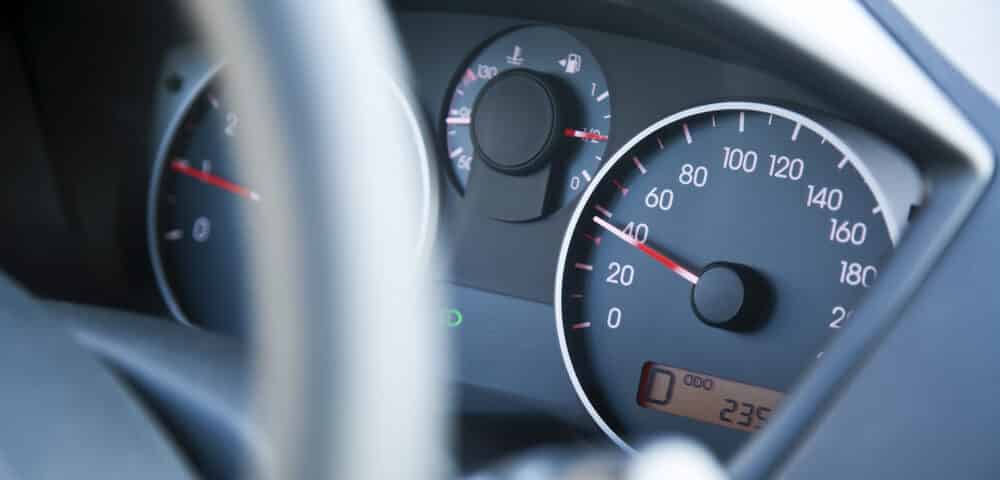
When the camshaft position sensor fails, it may give off the wrong information to the ECM. Therefore, the system may inject more fuel or air into the combustion chamber, causing an imbalance.
The vehicle may start to hesitate when it should be going or fail to respond initially after you put your foot on the accelerator. This problem can lead to bigger issues if it occurs while you are trying to pull out into a busy intersection.
4. Limp Mode
When a situation occurs that may cause damage to the engine or transmission, the car may go into limp mode. Manufacturers configure the systems with this safety precaution in place to avoid more costly repair bills.
During limp mode, you won’t be able to get your car out of a particular gear, typically second. Therefore, you won’t be able to drive fast, but you should be able to get it to the nearest service center without having to call a tow truck.
5. Misfiring Engine
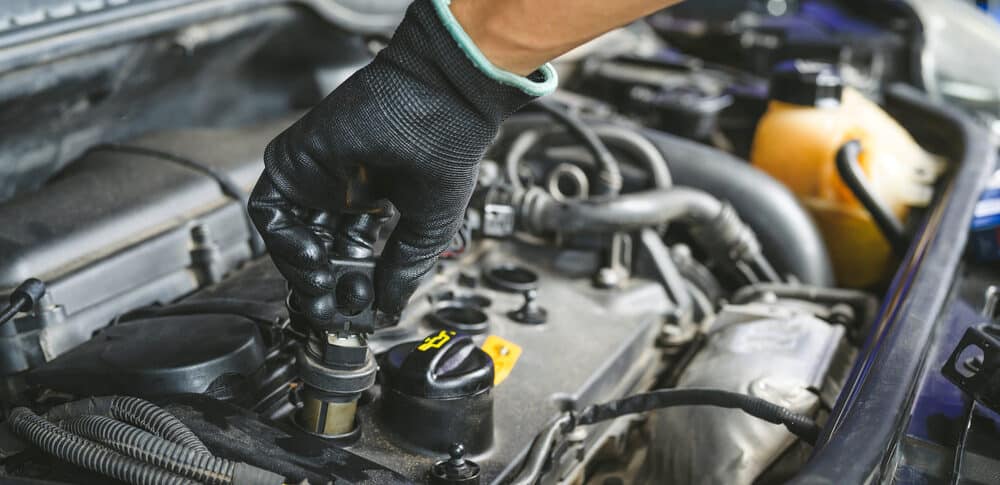
The typical car idle range is between 600 and 1,000 RPMs. Yet, when the CMP fails, the signals given to the engine can be erratic.
This inaccuracy leads to an imbalance of fuel and air in the combustion chamber, which in turn, creates a rough idle. If the idle becomes too rough, the engine may stall. Of course, there’s always the chance it won’t start back up again.
6. Shifting Issues
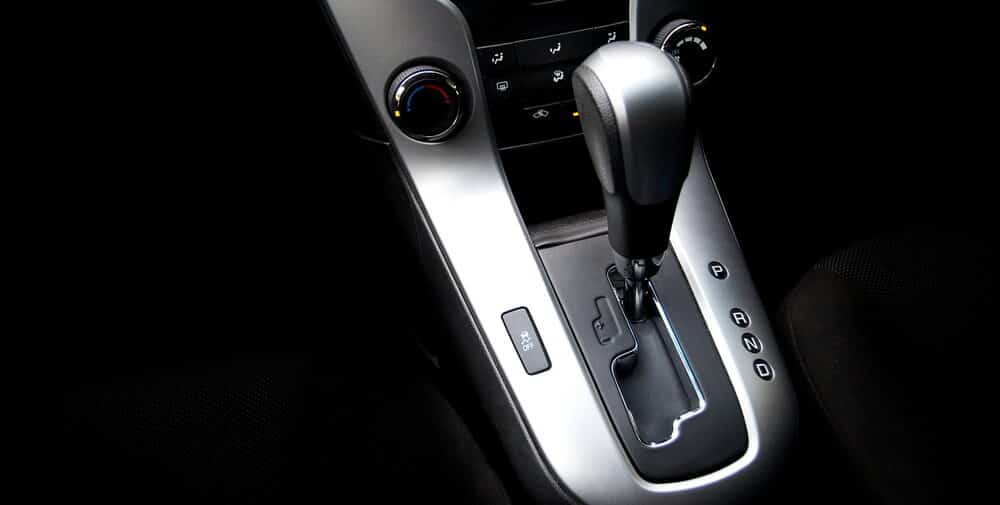
Data sent to the EMC may cause trouble with the shifting. Aside from going into limp mode, you may notice trouble between gears.
The transmission may continue to shift, but it could be rougher or erratic. During this time, you are allowing more wear to the transmission, so it’s best to stop driving as soon as possible.
7. High Fuel Consumption
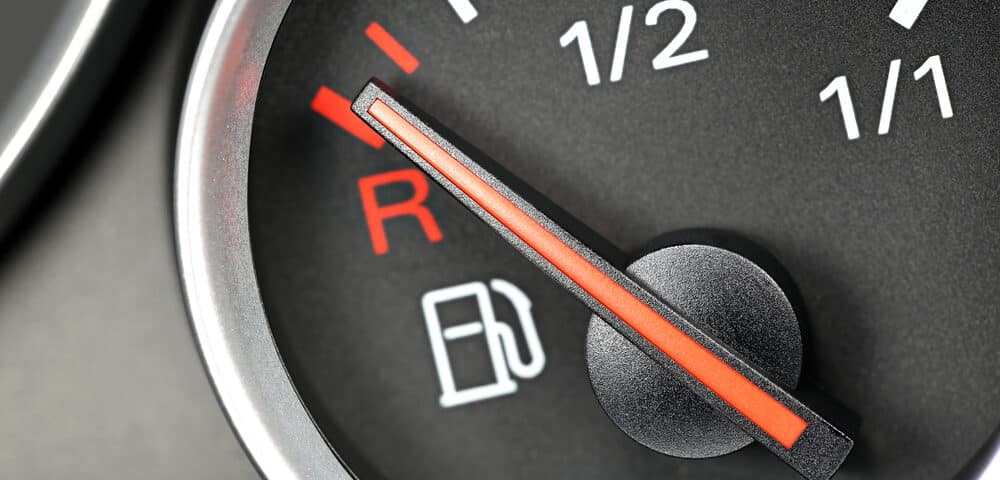
For the car to run at the EPA-estimated fuel economy figures, everything has to be in optimal working order. The camshaft position sensor is responsible for sending feedback that adjusts spark timing and fuel delivery. Therefore, if the sensor fails, these actions will be imbalanced or inaccurate.
Anytime that the engine doesn’t run as it should, you can count on spending more money on fuel. While the drop may be minimal, it all adds up in the long run.
What’s The Function Of A Camshaft Position Sensor?
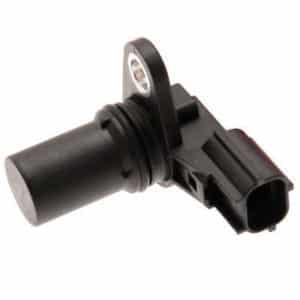
The camshaft position sensor (CMP) does exactly what it sounds like. It records and sends information to the ECM or PCM regarding the position of the camshaft while it is in motion. This information is needed to determine the positioning of the intake and exhaust valves found in the cylinder head.
The fuel injectors and ignition system need this timing information to determine when to operate. Therefore, the CMP helps to determine when fuel injection and ignition spark occurs.
Where Is The Camshaft Position Sensor Located?
The positioning of the camshaft position sensor depends on where the camshaft is located. With an overhead camshaft design, the camshaft is found in the cylinder head above the combustion chamber.
The CMP could be mounted to a port found within the camshaft’s front timing cover. It could also be found bolted to the cylinder head or valve cover. If you aren’t sure where to find the camshaft position sensor in your vehicle, look in the factory service manual.
How Do You Diagnose A Camshaft Position Sensor?
You can run through some simple tests to determine if something is wrong with the camshaft position sensor. Start by reading the service manual and following all of the advice laid out there. Here are a few general steps that may help you get started.
- Read the trouble codes with your OBDII scanner. Use our free online trouble code library to learn more.
- Locate the power, signal and ground wires of the sensor. Test them with a multimeter according to the directions in your factory manual. If the readings aren’t correct, replace the sensor.
- Remove the sensor and examine it for signs of damage or contamination.
If your evaluation doesn’t lead you to find an issue with the camshaft position sensor, it’s possible you are facing something else. If a tensioner or timing belt has gotten stretched or worn, it can create a lot of the same symptoms.
How Much Does It Cost To Replace A Camshaft Position Sensor?
On average, expect to spend $100 to $250 to have the camshaft position sensor replaced. The parts may cost $75 to $125, while the labor makes up $25 to $125. The total cost depends on the make and model of your vehicle, as well as local labor rates.
If you plan to change the camshaft position sensor yourself, it’s not a difficult job. You would save the labor fee and only have to pay for parts.
In general, here are some steps you can follow to replace the camshaft position sensor.
- Disconnect the negative battery cable to protect the electronics.
- Find the sensor. It’s either at the front, top or rear of the engine. Look for a 2-3 wire connection.
- Release the tab that’s holding the connector in place to disconnect the wires running to the sensor.
- Remove the mounting bolt attaching the sensor to the engine.
- Carefully pull the sensor free. It may require a small twisting motion.
- Take out your new sensor and apply a small amount of oil to the O-ring.
- Put the new sensor in its place.
- Secure the sensor with the mounting bolt.
- Reconnect the wiring.
- Reconnect the negative battery terminal.
In some cases, the camshaft position sensor will work right out of the box. Other vehicles require a relearning or recalibration of the sensor. These steps vary by manufacturer, so check your service manual for more information.
Can I drive with a bad camshaft position sensor?
You may be able to drive for a short time, but it’s not recommended. Not only are you going to spend more money on fuel, but it could lead to larger engine issues. Plus, there’s a chance that the vehicle could break down, leaving you stranded away from home. To be safe, have the sensor replaced.
What causes a camshaft sensor to fail?
The camshaft sensor may fail due to old age, as it is an electrical component. However, it can also fail prematurely because of physical damage or an electrical short in the system. In some cases, the camshaft position sensor may last the lifetime of the vehicle.
What happens when the camshaft sensor fails while the engine is running?
If the sensor fails completely, the engine may stall. You may also have trouble getting the engine restarted, so you may have to have the vehicle towed. However, many sensors give out faulty information before dying completely, so you may have time to replace it before facing these problems.
Can a bad camshaft sensor cause jerking?
Yes, you may experience jerking because of multiple issues. First, the car idle may be erratic, which can lead to that jerking feeling. It can also cause misfiring, which makes the car act unusually. If the vehicle is having trouble shifting correctly because of the bad CMP, that would also lead to a jerking sensation.
Is a camshaft position sensor easy to replace?
Yes, in many cases, it takes longer to find the sensor than to actually replace it. If you have a service manual for your vehicle, you can find the position of the sensor and get step-by-step instructions to replace it. Occasionally, the new sensor needs to be recalibrated or go through a relearning process.
You don’t want to deal with a bad camshaft position sensor simply because of the problems it causes with the vehicle. However, this isn’t a difficult fix. Therefore, in the midst of things that could go wrong, this is one of the easiest and least expensive to repair.
On the flip side, if you don’t replace the camshaft position sensor when it starts to fail, you may face larger problems. By continuing to let the engine run with an imbalance of fuel and air, permanent damage can occur. There’s simply no reason to prolong this fix if you want your vehicle to keep driving.
Categories: Engine
